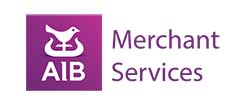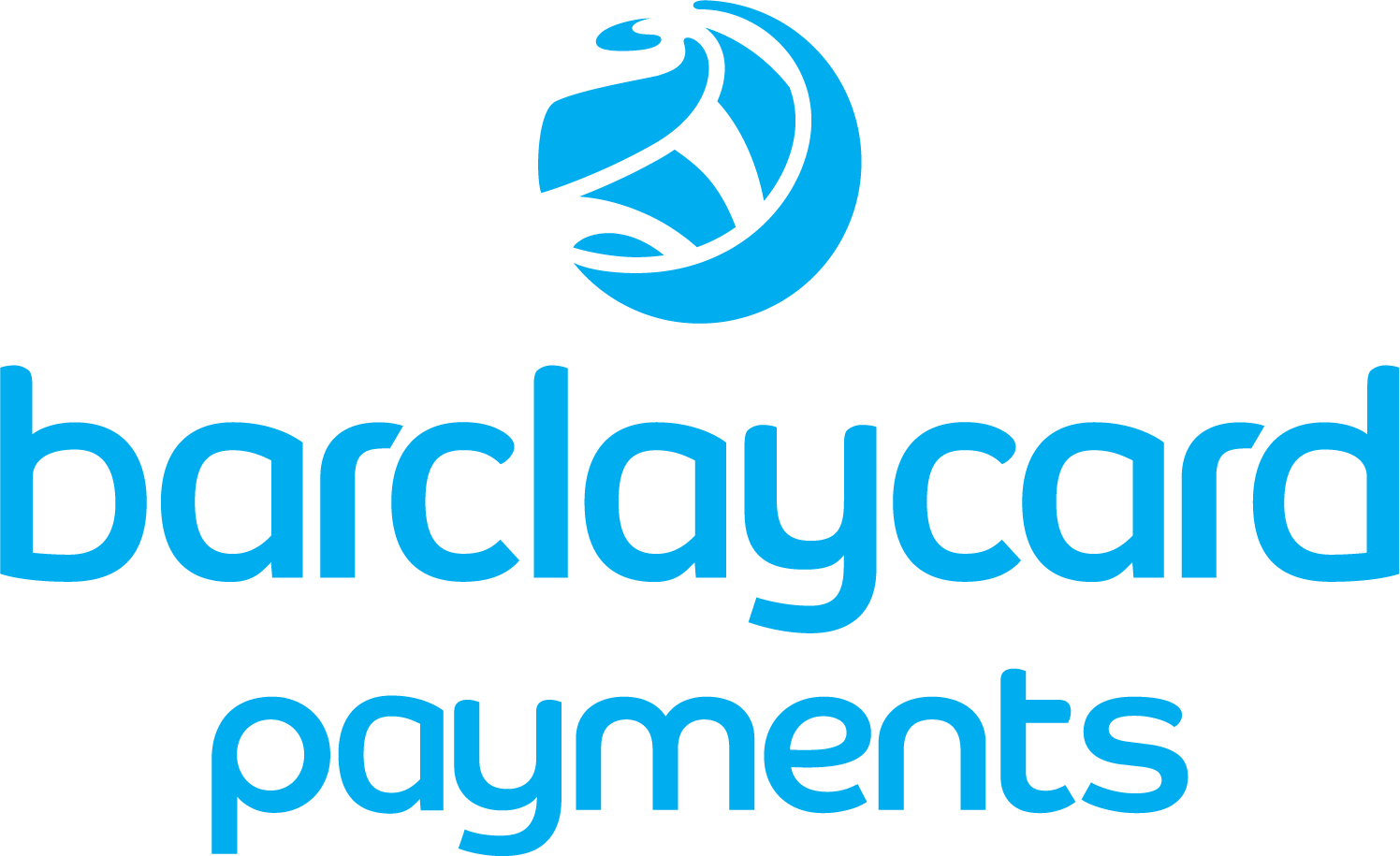Compare Card Payment providers the Easy way
- Direct access to the best rates from the UK leading providers
- One enquiry – all the information you need
- Avoid Lead Generation websites
- We don’t sell your data to anyone
- Rates from 0.26%
- Minimise your card payment processing fees





We're rated Excellent on
The Ultimate Guide to Taking Payments Online Securely and Efficiently
In today’s digital-first world, taking payments online has become a cornerstone of running a successful business. Whether you’re a small business owner or managing a larger enterprise, offering seamless and secure payment options to accept online payments is essential to meet customer expectations and increase sales. With the rise of online sales and the growing preference for contactless payments, businesses must adapt to the latest online payment methods to stay competitive.
This guide will walk you through everything you need to know about accepting online payments, from choosing the right payment processor to understanding transaction fees and ensuring the highest level of security. By the end, you’ll have the knowledge to take payments confidently, whether in person or through your online checkout.
Why Taking Payments Online is Essential for Your Business
The way customers pay has evolved dramatically. Gone are the days when cash was king. Today, credit and debit cards, digital wallets like Apple Pay and Google Pay, and even local payment methods dominate the landscape. If your business isn’t equipped to accept payments online, you risk losing customers to competitors who offer more payment options.
Here’s why accepting online payments is a must:
- Convenience for Customers: Customers expect to pay quickly and easily, whether they’re shopping online or in person. Offering multiple online payment options ensures a smooth experience.
- Increased Sales: By accepting card payments and other popular methods, you can tap into a wider audience and reduce failed payments caused by limited options.
- Competitive Edge: Businesses that embrace modern payment services gain a competitive edge by meeting customer demands for flexibility and security.
- Save Time: Automating payment processing through a payment gateway or mobile payment terminal reduces manual effort and speeds up transactions.
Understanding Online Payment Methods
To accept payments online, you need to understand the various payment methods available. Here’s a breakdown of the most popular options:
1. What are Online Payments?
Online payments refer to the process of transferring funds from a customer’s account to a business’s account through digital means. This can include credit and debit card payments, bank transfers, and digital wallets like Apple Pay. Online payments provide customers with a quick, simple, and secure way to pay for goods and services online. By offering a variety of online payment methods, businesses can cater to different customer preferences, making it easier for customers to complete their purchases.
2. How Online Payments Work
Online payments involve a complex process that requires the coordination of multiple parties, including the customer, the business, the acquiring bank, and the payment processor. When a customer makes an online payment, the payment information is transmitted to the payment gateway, which then sends the information to the acquiring bank for processing. The acquiring bank verifies the payment information and transfers the funds to the business’s merchant account. This seamless coordination ensures that funds are securely transferred, allowing businesses to accept payments online efficiently.
1. Credit and Debit Cards
Card payment processing, including credit card payments and debit card payments, remains the most common way for customers to pay. To process these, you’ll need a merchant account and a payment gateway.
2. Digital Wallets
Digital wallets like Apple Pay, Google Pay, and PayPal are gaining traction due to their convenience and enhanced security in the payment process. These methods allow customers to pay using their mobile device without sharing card details directly.
3. Bank Transfers
Some customers prefer direct bank account transfers as a payment method, especially for larger transactions. This method is often used for recurring payments or B2B transactions.
4. Local Payment Methods
Depending on your target market, offering local payment methods can be a game-changer. For example, in the UK, options like Faster Payments or Direct Debit are popular.
5. Contactless Payments
With the rise of contactless payments, customers can pay quickly using their debit cards, credit cards, or mobile devices. This method is ideal for in person transactions.
How to Accept Payments Online
To start accepting payments online, follow these steps:
1. Choose a Payment Processor
A payment processor handles the technical side of processing payments, ensuring funds are transferred securely from the customer’s card issuer to your business account. Look for a provider with low transaction fees, no hidden fees, and support for multiple payment methods.
2. Set Up a Merchant Account
A merchant account is a type of bank account that allows you to accept card payments. Your payment processor or acquiring bank can help you set this up.
3. Integrate a Payment Gateway
A payment gateway is the technology that connects your website to the payment processor. It encrypts sensitive data, such as card details, to ensure secure transactions. Popular options include Stripe, PayPal, and Worldpay.
4. Offer Multiple Payment Options
To cater to diverse customer preferences, provide a range of online payment options, including credit or debit cards, digital wallets, and local payment methods.
5. Optimise Your Online Checkout
A streamlined online checkout process reduces cart abandonment. Ensure your checkout page is user-friendly, mobile-optimised, and offers secure payment options.Key Considerations for Secure Payment Processing
Security is paramount when taking payments online. Here’s how to protect your business and customers:
1. Payment Security Fundamentals
Payment security is a critical aspect of online payments. Businesses must ensure that their online payment systems are secure and compliant with industry standards, such as PCI DSS. This includes implementing measures such as encryption, tokenization, and secure authentication protocols to protect sensitive payment information. Additionally, businesses must also ensure that their payment systems are regularly updated and patched to prevent vulnerabilities. By prioritizing payment security, businesses can protect both themselves and their customers from potential threats.
1. PCI DSS Compliance
The Payment Card Industry Data Security Standard (PCI DSS) is a set of requirements for businesses that accept card payments. Compliance ensures you handle card data securely.
2. Encryption
Use SSL encryption to protect data transmitted during transactions. This prevents hackers from intercepting sensitive information.
3. Tokenisation
Tokenisation replaces card details with unique tokens, reducing the risk of data breaches.
4. Fraud Prevention
Implement tools like machine learning algorithms to detect and prevent fraudulent transactions.
5. Regular Updates
Keep your payment gateway and software up to date to address any security implications.
Understanding Fees and Costs
When accepting online payments, it’s important to understand the associated costs:
- Transaction Fees: A small fee charged per transaction, usually a percentage of the sale.
- Setup Fees: Some providers charge a one-time fee to set up your merchant account or payment gateway.
- Authorisation Fees: Fees for verifying card details with the card issuer.
- Hidden Fees: Watch out for additional charges, such as monthly fees or penalties for failed payments.
To minimise costs, compare providers and choose one with transparent pricing. Many offer a free account for small businesses.
1. Hidden Fees and Charges to Watch Out For
When accepting online payments, businesses must be aware of the various fees and charges associated with payment processing. These can include transaction fees, interchange fees, and payment gateway fees. Businesses must also be aware of any hidden fees or charges, such as monthly subscription fees or setup fees. It’s essential to carefully review the terms and conditions of any payment processing agreement to ensure that businesses understand all the fees and charges involved. By being vigilant about these costs, businesses can manage their expenses more effectively.
Tools and Technologies for Payment Processing
Here are some tools to streamline payment processing:
1. Mobile Payment Terminals
Ideal for in person transactions, these devices allow you to accept card payments on the go.
2. Card Readers
Affordable and easy to use, card readers are perfect for small businesses.
3. Invoicing Software
Use tools like QuickBooks or FreshBooks to send invoices and collect payments efficiently.
4. Recurring Payment Systems
For subscription-based businesses, recurring payment systems automate recurring payments and reduce manual effort.Integrating Online Payments with Your Business
Integrating online payments with your business can be a straightforward process. Here are some steps to follow:
1. Collecting Payments Online and In Person
To collect payments online and in person, businesses can use a payment gateway that supports multiple payment methods, including credit and debit cards, digital wallets, and bank transfers. Businesses can also use a point-of-sale (POS) system that integrates with their online payment system, allowing them to accept payments in person and online. Additionally, businesses can use a mobile payment terminal to accept payments on the go. By offering a variety of payment options, businesses can provide a seamless payment experience for their customers, whether they are shopping online or in person.
Tips for Maximising Online Payment Success
- Offer Multiple Payment Options: The more choices you provide, the easier it is for customers to pay.
- Ensure Mobile Compatibility: With the rise of mobile device usage, optimise your online checkout for mobile users.
- Reduce Friction: Simplify the checkout process to minimise cart abandonment.
- Communicate Security Measures: Reassure customers by highlighting your secure payment options.
- Monitor Failed Payments: Address issues like expired cards or insufficient funds promptly.
The Future of Online Payments
The world of payments online is constantly evolving. Emerging trends include:
- Biometric Authentication: Using fingerprints or facial recognition for secure transactions.
- Cryptocurrency Payments: Some businesses are starting to accept cryptocurrencies like Bitcoin.
- Enhanced AI and Machine Learning: These technologies will improve fraud detection and personalise the payment experience.
Taking payments online is no longer optional—it’s a necessity for businesses that want to thrive in the digital age. By understanding the various online payment methods, choosing the right payment services, and prioritising security, you can create a seamless experience for your business customers.
Whether you’re a small business owner or managing a larger operation, the ability to accept payments online efficiently and securely will help you save time, increase sales, and stay ahead of the competition. Start exploring your options today and transform the way your business online operates.
With the right tools and strategies, you can make it paid easy and paid fast for your customers, ensuring they keep coming back for more.
